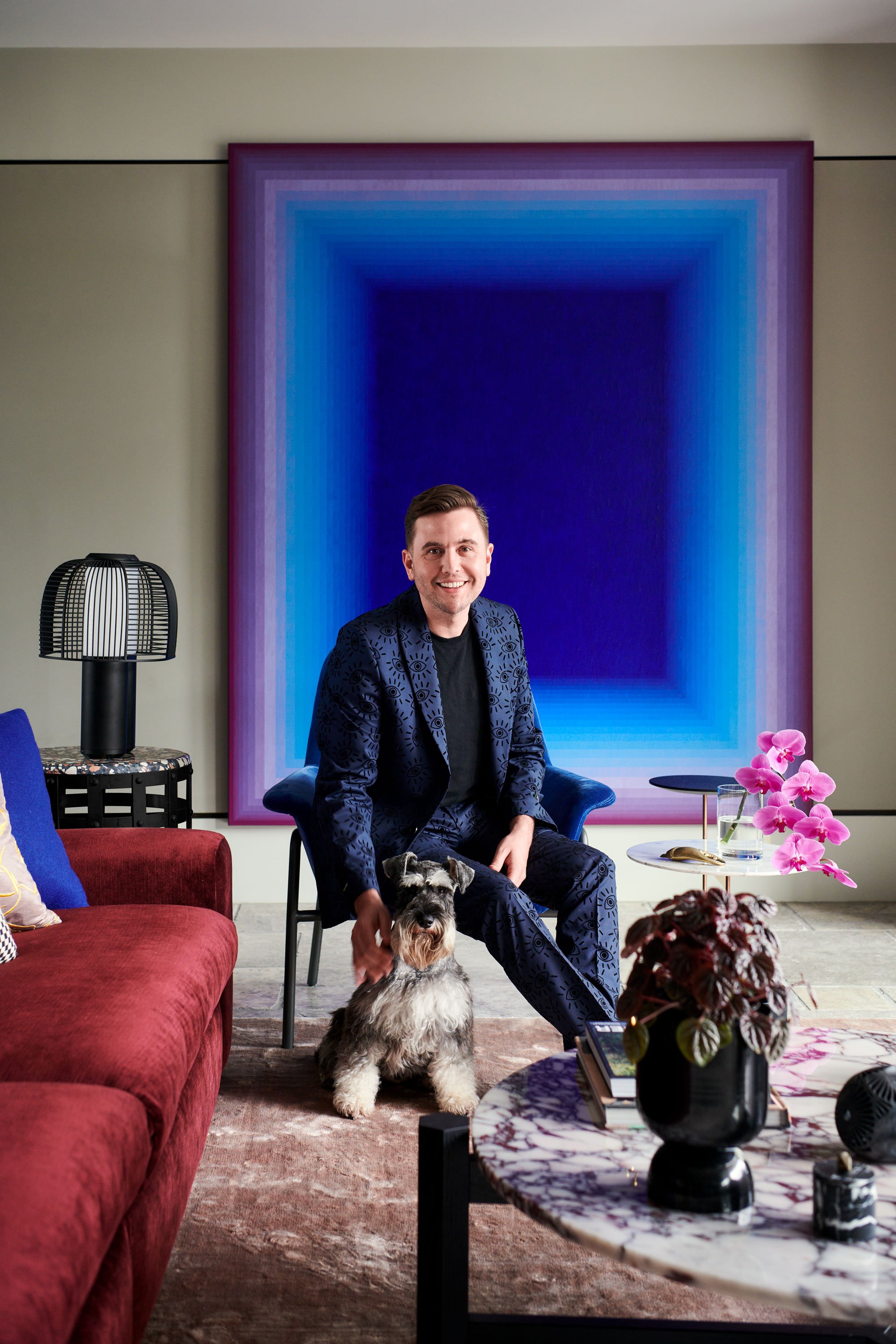Top Tips for Successfully Mixing Design Styles in Modern Homes
The art of interior design is, at its core, a delicate dance between style, functionality, and individuality. At Kaiko Design Interiors, we champion the idea of dynamic eclecticism. This involves a considered mix of various design styles to create interiors that are not only visually captivating but also deeply personal.
Key Elements to Consider When Mixing Design Styles
Understanding the Core of Each Style
Before diving into the mix and match process, it’s paramount to comprehend the essence of each design style. For instance, while the Scandinavian design remains strong in its appeal, with its minimalistic and functional approach, Art Deco is marked by its lavish embellishments and geometric forms. Thus, understanding each style's foundation allows for a more informed blending process.
Maintaining Balance
In my article about the essence of transitional design in classic and modern decor, that equilibrium is essential. You wouldn't want one style overshadowing another. Strive for a harmonious coexistence where each design element complements the other.
Colour Cohesion
Colours can make or break a design, especially when you’re juggling various styles. As a brand known for its masterful use of colour, we’ve emphasised on how colour plays a key role in merging mixed design styles. The key is to choose a colour palette that seamlessly ties different pieces together, creating a cohesive look and feel.
Crafting a Cohesive Look Amidst Diversity
Combining various design styles is akin to curating an art gallery: while each piece can stand alone in its magnificence, the magic truly happens when they converse with each other in a shared space. Crafting this seamless conversation is paramount.
Anchor with Neutral Base Colours
A neutral backdrop acts as the canvas upon which different styles can manifest their beauty. Opting for subdued tones for walls, flooring, and large furnishings can create an adaptable environment. Drawing from our insights on the influence of Japanese design on western spaces, the Japanese method emphasises the use of muted colours as a base, creating harmony and balance.
Strategically Use Statement Pieces
Whether you're blending industrial and rustic décor or weaving in elements of eastern and western aesthetics, statement pieces can be your guiding stars. They act as focal points, bridging disparate styles together.
Textural Contrast is Key
Contrast isn't just about colour. It’s also about texture. As highlighted in our feature on mixing patterns and textures in contemporary design, weaving together various textures from different styles adds depth and dimension to the space.
Common Mistakes to Sidestep
Avoiding Overcrowding
It's easy to get carried away when you’re passionate about numerous styles. However, as we emphasised in our segment about space-saving and organisation, less can often be more. Ensure that the room doesn’t feel cluttered by incorporating multifunctional furniture and hidden storage solutions to keep things tidy.
Forgetting About Proportion
While you might be keen to incorporate a vintage Victorian piece alongside contemporary furnishings, always be mindful of proportion. A massive centrepiece in a minimalist setting can feel out of place. Take a leaf out of our guide on incorporating vintage pieces into contemporary homes to strike the right balance.
Maximising Style in Compact Spaces
Embrace Vertical Space
In smaller areas, it's wise to think upwards. Incorporate tall furniture, use wall-mounted storage, and hang decor at varying levels. Our guide on space-savvy living offers insightful tips on making the most of confined quarters.
Functional Decor is a Win
When space is at a premium, every piece must justify its place. Combining function with design, as seen in the innovative kitchen storage solutions we've highlighted, is an excellent approach.
Limit the Palette
While we love colours at Kaiko Design Interiors, in smaller spaces, a restrained palette can create an expansive feel. Our article on the resurgence of vintage and retro interior trends provides inspiration for using limited hues effectively.
Creative Approaches to Style Fusion
Celebrate Cultural Fusion
Combining styles from different parts of the world can be exceptionally enriching. The fusion of eastern and western design aesthetics is a testament to this.
Incorporate Time Periods
A contemporary space can be enlivened with pieces from different eras. Imagine a modern home with mid-century accents or Victorian charm. The harmony between past and present can be captivating.
Subtle Integrations
Sometimes, the magic is in the details. Simple changes like creative window treatment ideas can transform a space, marrying different design concepts effortlessly.
Mixing design styles isn't just about juxtaposition; it's an art of balance, understanding, and creativity. As with any form of art, there aren't stringent rules, but guidelines that can assist. At the end of the day, it's the personal touch, the essence of individuality, that makes a space truly shine.
FAQ: Mixing Design Styles
Q: What are the key elements to consider when mixing design styles?
A: It's crucial to understand the essence of each style, maintain a balanced approach, and ensure colour cohesion to tie different elements together seamlessly.
Q: How can I create a cohesive look when mixing different design styles?
A: Start with a neutral base colour as your backdrop, strategically use statement pieces as focal points, and incorporate textural contrasts to add depth and dimension.
Q: What are some common mistakes to avoid when mixing design styles?
A: Overcrowding the space and neglecting to consider the proportion of design elements are common pitfalls. It's essential to ensure every piece harmonises with the overall design rather than overwhelming it.
Q: What are some tips for mixing design styles in a small space?
A: Embrace vertical space, opt for functional decor pieces, and use a limited colour palette to create an expansive feel in confined areas.
Q: What are some creative ways to mix design styles in my home?
A: Celebrate the fusion of different cultural styles, incorporate design elements from various time periods, and focus on subtle integrations like unique window treatments to effortlessly marry different design concepts.
